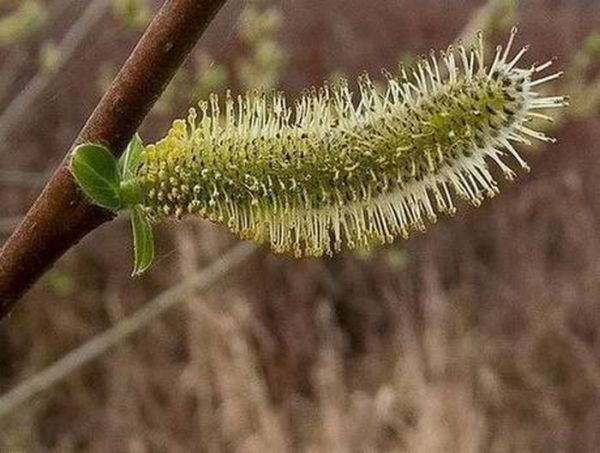|
|
Caterpillar
|
Plants have evolved poisons to protect themselves from herbivores and some caterpillars have evolved countermeasures and eat the leaves of these toxic plants. In addition to being unaffected by the poison, they sequester it in their body, making them highly toxic to predators. These chemicals are also carried on into the adult stages. These toxic species, such as the Cinnabar moth (Tyria jacobaeae) and monarch (Danaus plexippus) caterpillars, usually advertise themselves with brightly striped or coloured in black, red and yellow—the danger colors (called aposematism). Any predator that attempts to eat a caterpillar with an aggressive defence mechanism will learn and avoid future attempts. Some caterpillars regurgitate acidic digestive juices at attacking enemies. Many papilionid larvae produce bad smells from extrudable glands called osmeteria.
Caterpillars can evade predators by using a silk line and dropping off from branches when disturbed.
Some caterpillars obtain protection by associating themselves with ants. The Lycaenid butterflies are particularly well known for this. They communicate with their ant protectors by vibrations as well as chemical means and typically provide food rewards. Some caterpillars are gregarious; large aggregations are believed to help in reducing the levels of parasitization and predation. Clusters amplify the signal of aposematic coloration, and individuals may participate in group regurgitation or displays.
|
|









